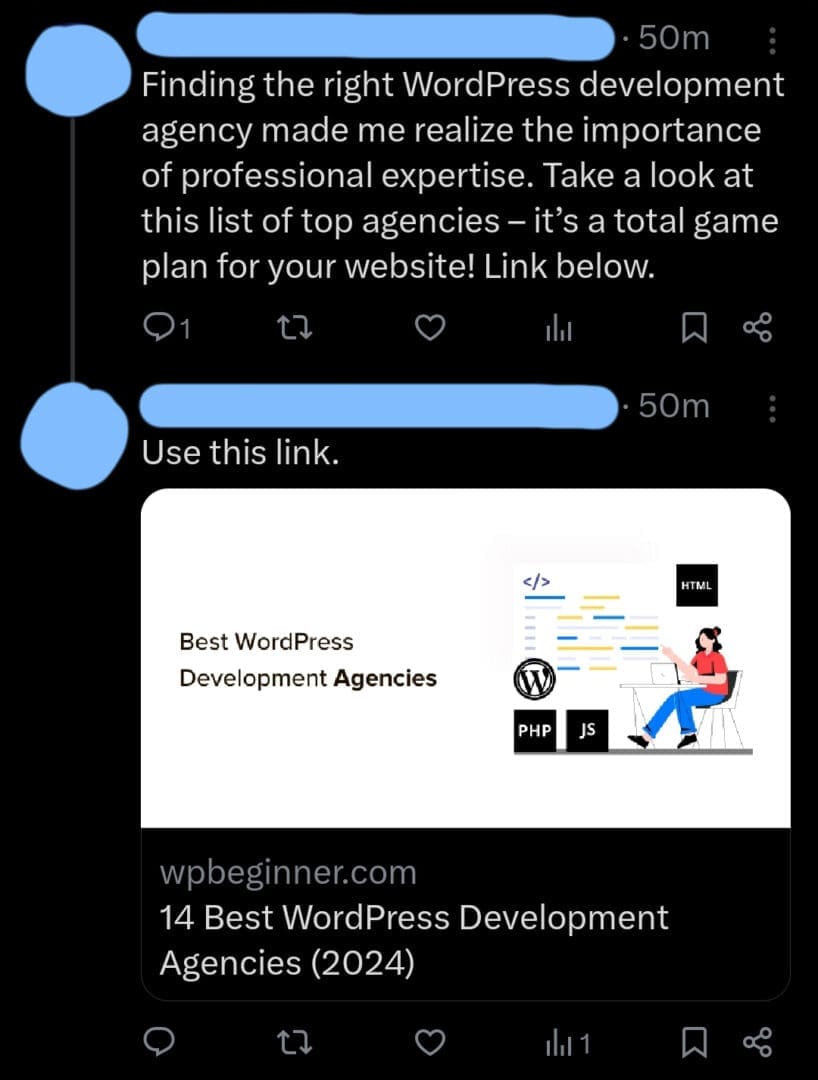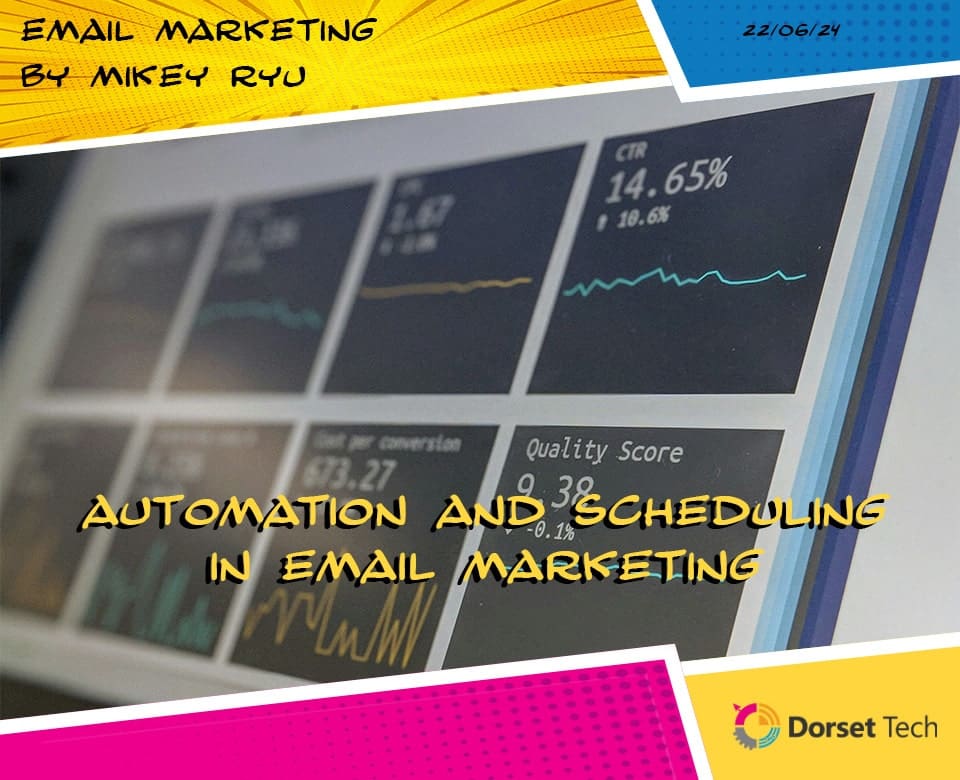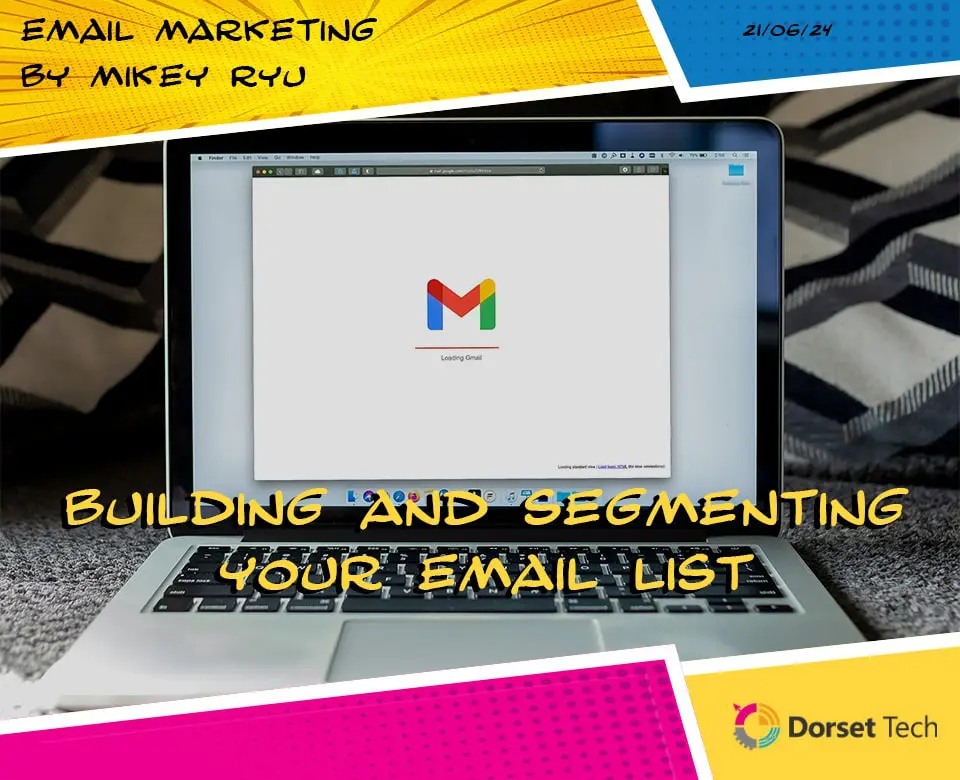
Crafting Compelling Email Content
In the world of digital marketing, email remains a powerhouse for engaging with your audience and driving results. However, the effectiveness of your email campaigns hinges on the quality of your content. Crafting compelling email content is an art that combines engaging subject lines, personalized messages, clear and concise writing, effective visuals, and strong calls to action. In this blog, we will explore the key elements of creating compelling email content that captures attention, encourages engagement, and drives conversions.
The Power of Compelling Email Content
Compelling email content is crucial for capturing your audience’s attention and driving them to take action. With the average person receiving dozens of emails daily, standing out in a crowded inbox is no small feat. Engaging content not only grabs attention but also builds trust and fosters a connection with your audience. Well-crafted emails can lead to higher open rates, increased click-through rates, and ultimately, more conversions.
Creating Engaging Subject Lines
The subject line is the first thing your recipients see, making it one of the most critical elements of your email. An engaging subject line can be the difference between an email that gets opened and one that gets ignored or deleted. Here are some tips for crafting compelling subject lines:
- Keep It Short and Sweet: Aim for concise subject lines and to the point. Ideally, they should be under 50 characters to ensure they display well on all devices.
- Create a Sense of Urgency: Use phrases that encourage immediate action, such as “Limited Time Offer” or “Last Chance.”
- Personalize When Possible: Include the recipient’s name or other personal details to make the subject line feel more tailored and relevant.
- Use Action-Oriented Language: Start with strong action verbs that inspire readers to open the email, such as “Discover,” “Learn,” or “Save.”
- A/B Testing: Experiment with different subject lines to see which ones perform best. Use A/B testing to refine your approach based on what resonates with your audience.
Capturing Attention with the First Glance
Beyond the subject line, the first few lines of your email—often visible in the email preview—play a crucial role in capturing attention. This is where your preheader text comes in. It should complement your subject line and provide additional context or a teaser about the email’s content. A well-crafted preheader can entice readers to open the email and learn more.
Personalisation
Personalization goes beyond just using the recipient’s name; it’s about making the content relevant and engaging based on their preferences and behaviour. Here’s how to personalize your email content effectively:
- Leverage Data: Use data from past interactions, purchase history, and preferences to tailor your email content. The more you know about your audience, the more relevant your emails can be.
- Segment Your List: Divide your email list into smaller segments based on criteria such as demographics, purchase behaviour, and engagement levels. Send targeted content to each segment to increase relevance.
- Dynamic Content: Utilize dynamic content blocks to display different content to different segments within the same email. This allows for a more personalized experience without creating multiple emails.
- Behavioural Triggers: Set up automated emails that are triggered by specific actions, such as cart abandonment, recent purchases, or website visits. These emails are timely and relevant, increasing the likelihood of engagement.
- Personalized Recommendations: Offer product or content recommendations based on the recipient’s past behaviour. This not only adds value but also encourages further interaction.
Crafting the Body Content
The body of your email should be clear, concise, and engaging. Here are some tips for writing effective body content:
- Get to the Point: Keep your content brief and focused. Readers should be able to grasp the main message quickly without wading through unnecessary information.
- Use Short Paragraphs: Break up your text into short paragraphs to make it easier to read. Long blocks of text can be daunting and lead to readers losing interest.
- Bullet Points and Headings: Use bullet points and headings to highlight key points and make your content scannable. This helps readers quickly find the information they’re interested in.
- Conversational Tone: Write in a conversational tone to create a more personal connection with your readers. Avoid jargon and overly formal language.
- Storytelling: Incorporate storytelling elements to make your content more engaging and relatable. Sharing real-life examples or anecdotes can capture readers’ attention and make your message more memorable.
Using Visuals Effectively
Visuals can greatly enhance your email content, making it more engaging and easier to understand. Here’s how to use visuals effectively:
- Relevant Images: Choose images that are relevant to your content and audience. High-quality, professional images can enhance your message and create a stronger visual impact.
- Optimized File Sizes: Optimize images to reduce file size without compromising quality. This helps your email load faster and reduces the risk of it being marked as spam.
- Alt Text: Always include descriptive alt text for images. This ensures that recipients who cannot view images still understand the content and purpose of the visuals.
- Video Content: Incorporate video content where appropriate, as videos can significantly boost engagement. Use a thumbnail image linked to the video to avoid large file sizes in the email.
- GIFs and Animations: Use GIFs and animations sparingly to add interest and highlight key points. Ensure they do not distract from the main message or slow down the email loading time.
- Consistent Style: Maintain a consistent visual style for all multimedia elements to ensure a cohesive look. This includes using similar colours, filters, and image types.
Including a Strong Call to Action
A strong call to action (CTA) is essential for encouraging readers to take the desired action, whether it’s making a purchase, signing up for a webinar, or downloading a resource. Here are some tips for creating effective CTAs:
- Be Clear and Direct: Use clear and direct language that tells readers exactly what you want them to do. For example, “Shop Now,” “Register Today,” or “Download the Guide.”
- Create a Sense of Urgency: Encourage immediate action by using urgency in your CTA, such as “Limited Time Offer” or “Only a Few Spots Left.”
- Make It Stand Out: Design your CTA button to stand out visually from the rest of the email. Use contrasting colours and larger fonts to draw attention.
- Positioning: Place your CTA in a prominent location within the email, ideally near the top, so it’s easily visible without scrolling.
- Multiple CTAs: For longer emails, consider including multiple CTAs to give readers several opportunities to take action. Ensure they are consistent and aligned with the main objective of the email.
Editing and Proofreading
Before hitting send, it’s crucial to thoroughly edit and proofread your email content to ensure it’s error-free and polished. Here are some steps to follow:
- Review for Clarity and Conciseness: Ensure your message is clear and concise. Remove any unnecessary words or jargon that might confuse readers.
- Check for Grammar and Spelling Errors: Use grammar and spell-check tools to catch any errors. Reading the email out loud can also help identify awkward phrasing or mistakes.
- Verify Links and CTAs: Double-check all links and CTAs to ensure they work correctly and lead to the intended destination.
- Consistency: Ensure consistency in tone, style, and formatting throughout the email.
- Get a Second Pair of Eyes: Have a colleague or friend review the email to catch any errors you might have missed and provide feedback on the overall readability and effectiveness.
Conclusion
Crafting compelling email content is a multifaceted process that involves engaging subject lines, personalized messages, clear and concise writing, effective use of visuals, and strong calls to action. By focusing on these key elements and continuously refining your approach through editing and feedback, you can create emails that captivate your audience and drive meaningful engagement. Remember, the goal is to provide value to your recipients while guiding them towards the desired action, ultimately contributing to the success of your email marketing campaigns.





















